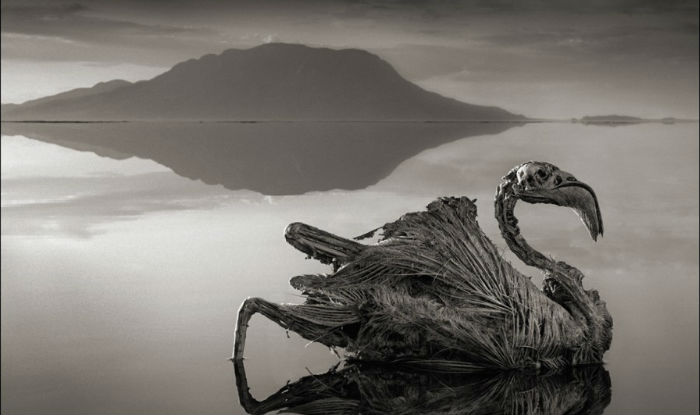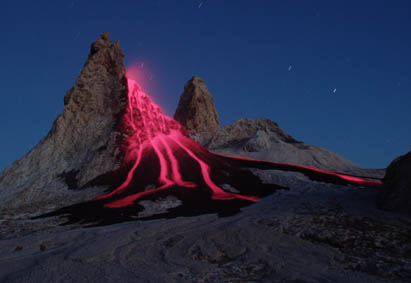

Check it out : A ‘mummified’ bird, photograph courtesy : Nick BrandtĪ ‘mummified’ swan photographed by NICK BRANDT The images give off an eerie vibe and it seems as if the animals were mummified before they could escape.
/lake-natron-flamingoes-56a021eb3df78cafdaa043a4.jpg)
Also, if soft tissue can be removed, biological information on DNA, genes and diseases can be revealed.This is not the story of the Lindow man but have you ever thought of a lake that would mummify animals and birds before they’re able to comprehend what’s going on? Seems kind of amusing.īelow are some of the photographs of mummified animals at Lake Natron, a highly salty lake in Tanzania,Eastern Africa. Details include the gender, age and health of a person, how they were mummified and whether objects were included beneath the wrapping. The information recovered is bringing the dead to life in ways never thought possible. In some cases, soft tissue can be removed from the mummy without causing much damage. Mummies can be examined using techniques such as CT scans, MRIs and x-rays or an endoscopic camera can be inserted through a small opening to see directly inside.

Scientific and technological advances mean that it’s now possible to gain enormous amounts of information from mummies without the usual physical and ethical problems associated with studying human remains. Bringing the dead to life in the 21st century Those that couldn’t afford embalming generally had their bodies ‘preserved’ through drying in hot desert sands or by covering them with resin. The rest of the body was then wrapped, often with the inclusion of amulets and with a mask placed over head of the mummy. The skin and first few layers of linen bandages were then covered with a resinous coating. After 40 days, the natron was removed from the skin and the body cavities were filled with linen, natron pouches, herbs, sawdust, sand or chopped straw.

The body was then treated with natron (a carbonate salt collected from the edges of desert lakes) which acted as a drying agent, absorbing water from the body so as to prevent further decay. The heart, representing the centre of all knowledge and emotions, was usually left untouched inside the body while the brain was often thrown away.


 0 kommentar(er)
0 kommentar(er)
